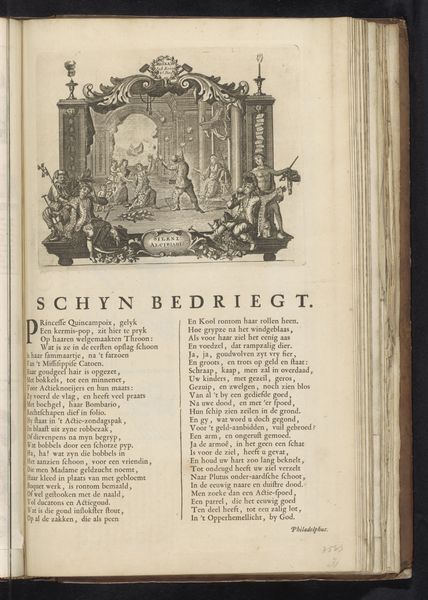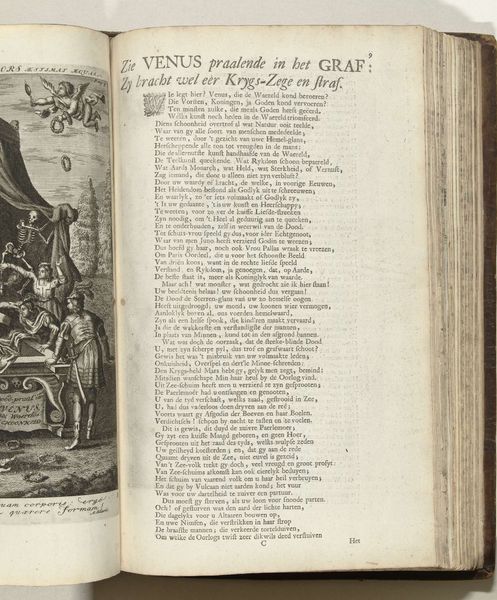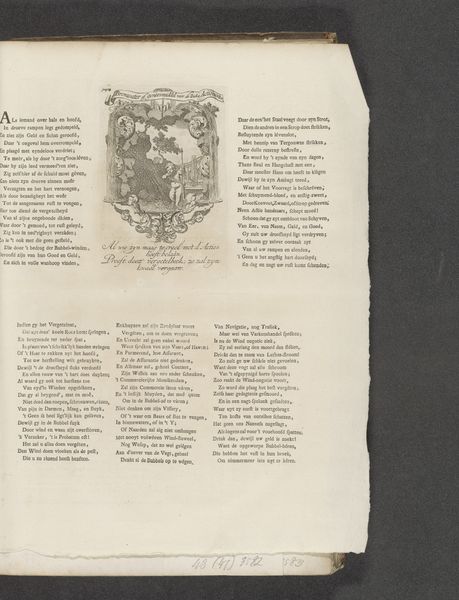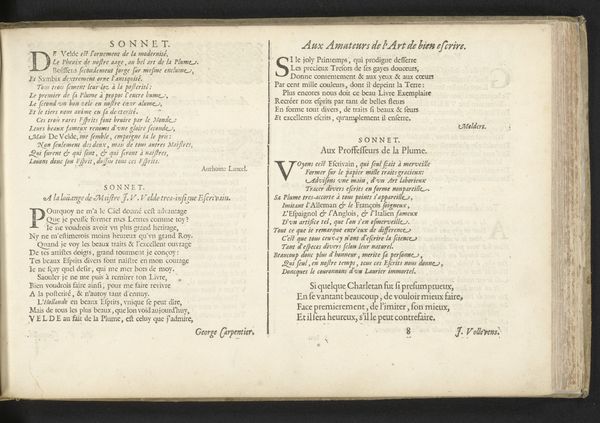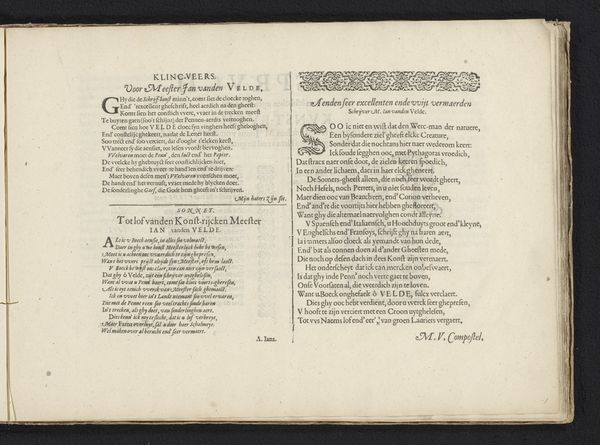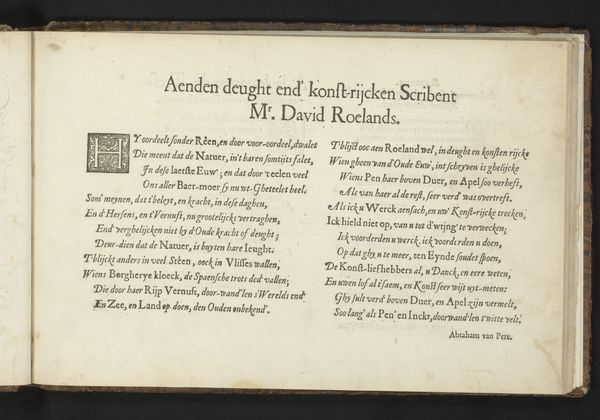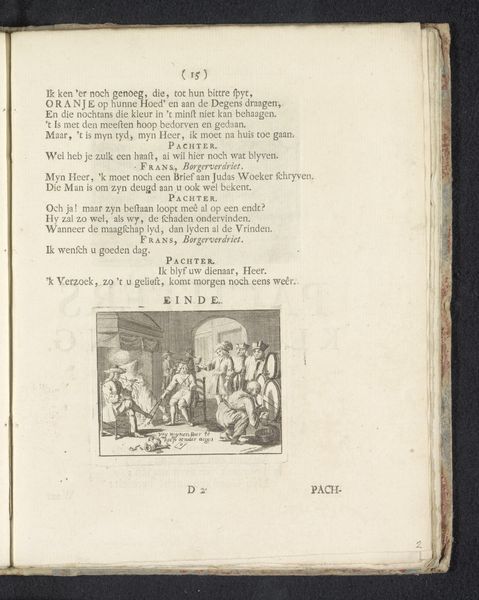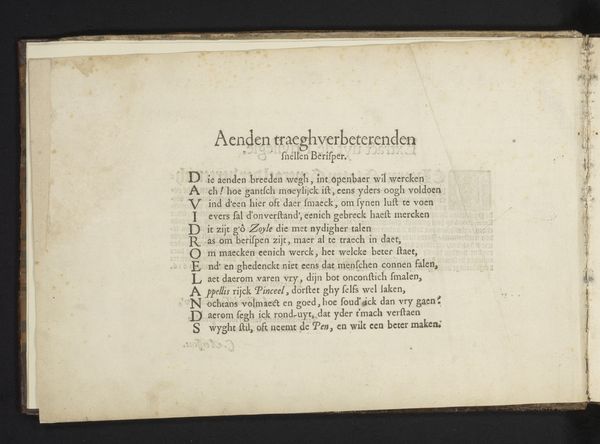
print, engraving
#
allegory
#
narrative-art
#
baroque
# print
#
engraving
Dimensions: height 420 mm, width 260 mm
Copyright: Rijks Museum: Open Domain
This engraving of 1720, now in the Rijksmuseum, cleverly combines printmaking with social commentary. Here, the choice of material—a humble sheet of paper—is crucial. The detailed scene, etched with fine lines, depicts a satirical view of society obsessed with wealth and speculation. The print's creation involved skilled labor and traditional techniques. The engraver meticulously transferred an image onto a metal plate, using tools to carve lines that would hold ink, before pressing the plate onto paper to create a reversed image. The labor-intensive process is a sharp contrast to the get-rich-quick schemes it mocks. The black ink against the white paper creates a stark visual, emphasizing the moral contrast between true value and deceptive appearances. "Schijn bedriegt", meaning "appearances are deceiving," reinforces the idea that material wealth can be a facade. This piece challenges the traditional hierarchy that places fine art above craft, using a common, reproducible medium to deliver a pointed critique of wealth, labor, and societal values.
Comments
No comments
Be the first to comment and join the conversation on the ultimate creative platform.
